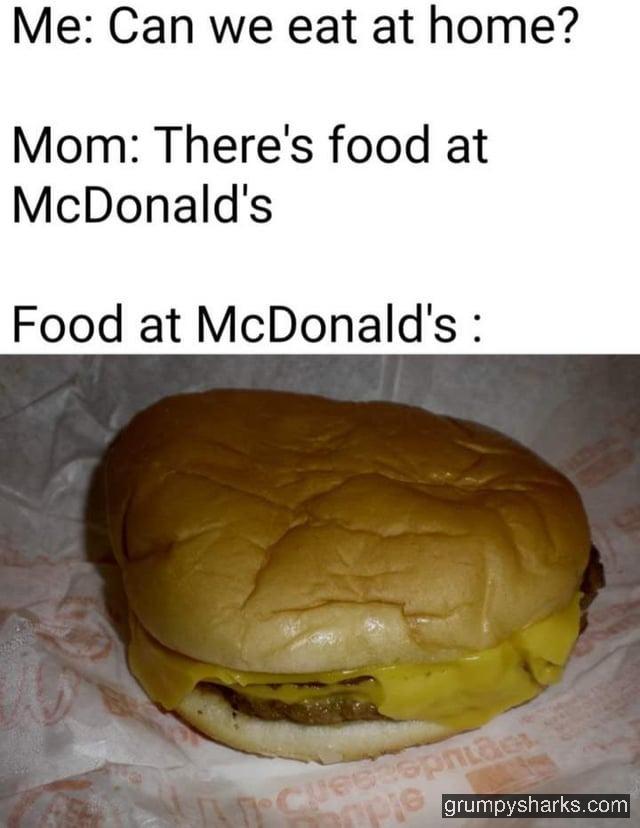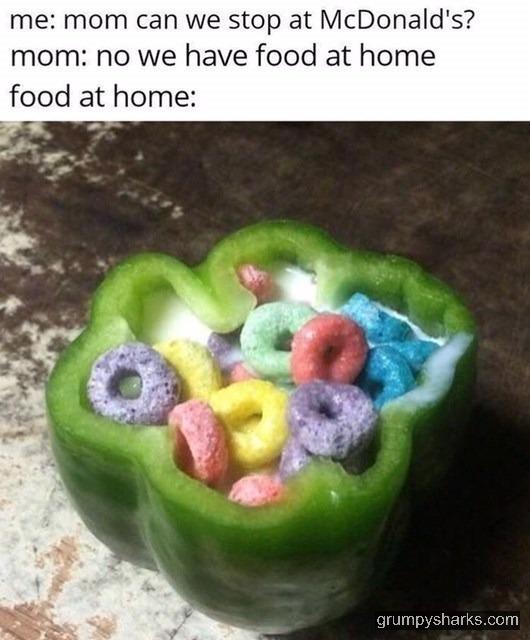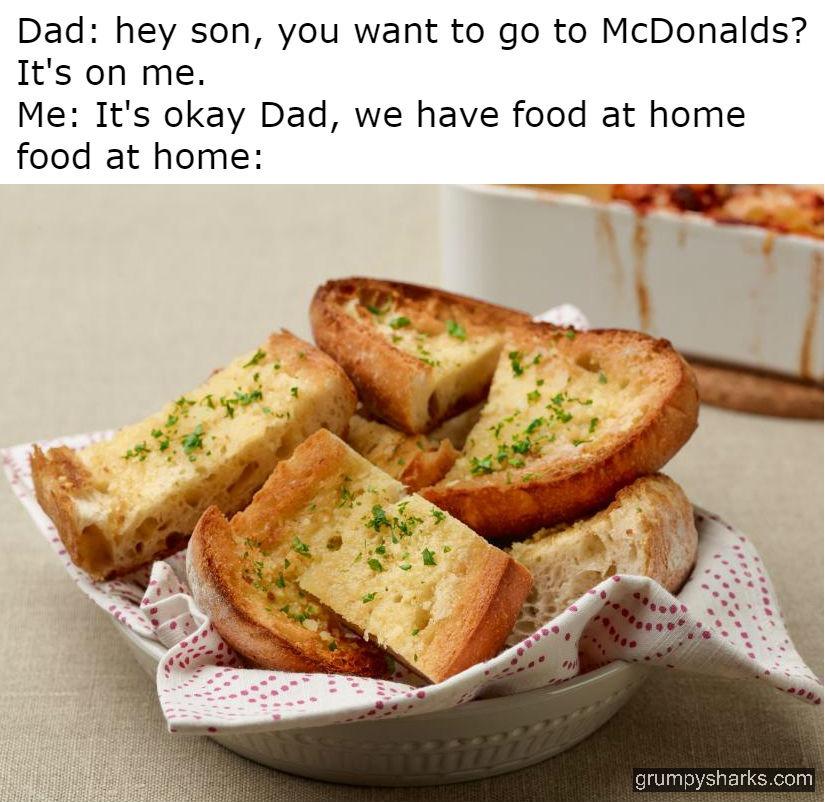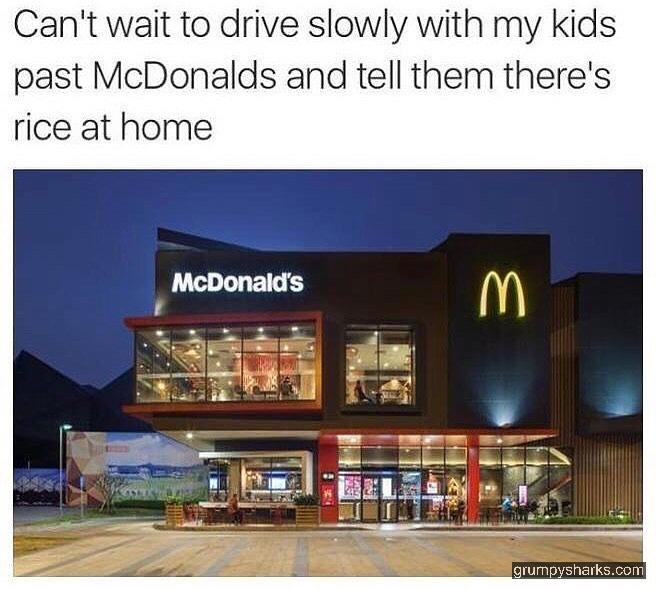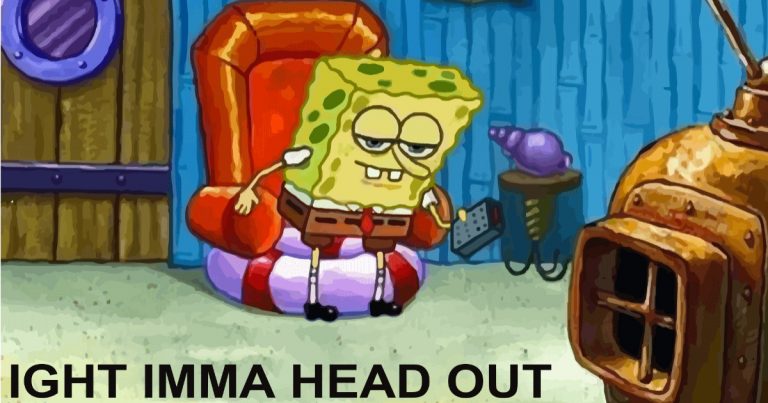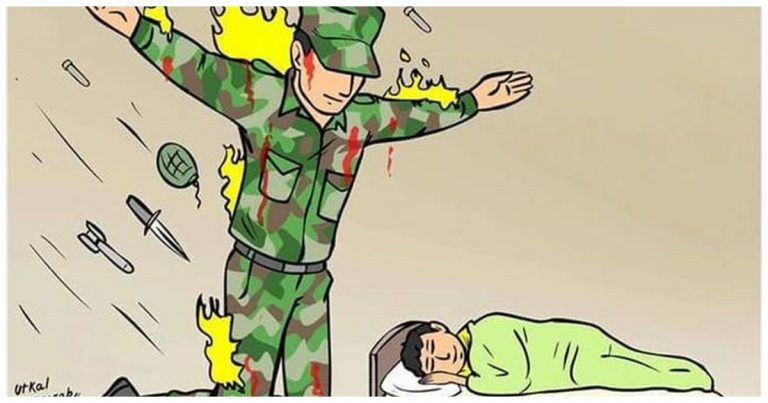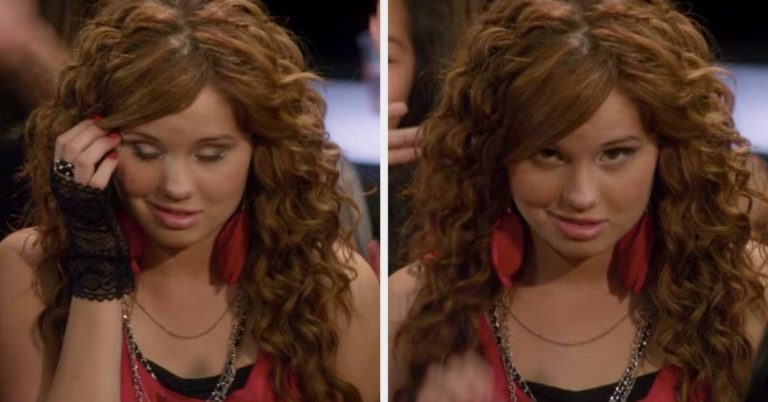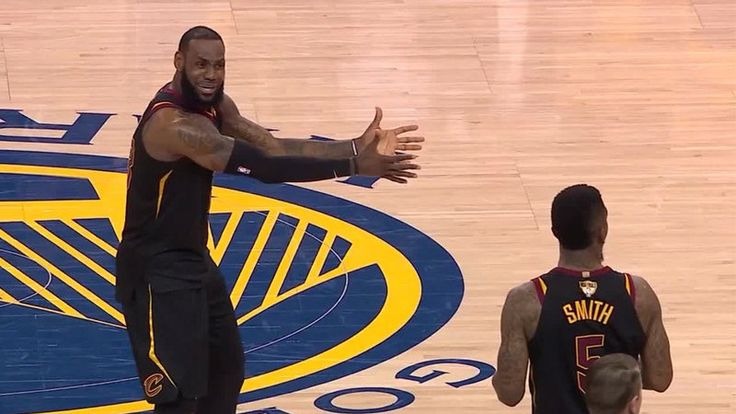How The “We Have Food at Home” Meme Became A Relatable Classic
The “We Have Food at Home” meme, born from a universal parental phrase, captures the childhood sting of being denied fast food in favor of frugal home meals. Viral on Twitter/X, TikTok, and Reddit, it uses humor to reflect on disappointment, budgeting, and nostalgia.
This article explores its origins, emotional resonance, popular formats, and why it remains a timeless staple across generations.
1. What Is the ‘We Have Food at Home’ Meme?
What the Meme Expresses and How It’s Used
The “We Have Food at Home” meme is based on the classic line from that parental figure when you and your siblings were begging for fast food, only to be told to eat what you can find at home.
Usually combined with some text or images, imagined with sad leftovers on a plate or a sad expression from a child, this meme is a funny commentary on presenting frugality and childhood disappointments, while tactfully addressing the emotional neglect that results in being denied your fast food fix.
Whether as a tweet, a TikTok skit, or even some other social medium or format, this meme forges a connection between humor and nostalgia as it draws upon the fear of going home after the kids ask to get fast food in the car.
Is This the Ultimate Meme for Childhood Frugal Trauma?
There are few phrases that hit as hard as “We have food at home” as a kid staring at the menu outside of the McDonald’s drive-thru.
The appeal of the meme was that it was culturally, socio-economically, and generationally universal as it captured the moment of disappointment, the sweaty anticipation of sugary delight quickly fading.
The term “We have food at home” applies across working-class families and into middle-class homes, even reaching upper-middle-class families. It’s become ubiquitous, shorthand for frugal parenting, creating instant resonance for anyone who has endured and laughed at being deprived of the whims of a child.
2. Where Did the Meme Come From?
Phrase History – A Common Parental Saying
The line “We have food at home” is older than the internet. Parents have probably been saying it for decades when kids request takeout.
It’s about budgeting and/or being sensible about food, and the idea is that it’s a mindset of using what you have even if it’s not what you wanted to eat—canned beans vs. burgers.
It became a meme because it was mundanely funny when people started to make this dull expression a punchline, adding an emotional punchline and layer of humor to it.
Meme Emergence Timeline
The meme first began circulating in the early 2010s as a text post on Twitter and Tumblr that people began sharing involving relatable childhood moments.
By 2016, the meme evolved into image macros, where people created generally less than appetizing homemade dishes and paired the phrase with sad reaction gifs.
It grew even more quickly on Reddit’s r/memes and TikTok, particularly as creators have engaged in reenactments of their car ride argument with a surprisingly dramatic flair.
3. What the Meme Represents Emotionally and Socially
Childhood Disappointment and Budget Humor
The meme touches on fresh disappointment—the spirit of children’s moments when dream fast food experiences were curtailed by our parent’s concerns about the healthiness and price.
This wasn’t just fries — it was the wake up call that the price tag on the happy meal (as if it were a precious metal) capitalized on our innocence with the hard-learned lesson of “we can’t afford that” without our parents explicitly such. As adults, we chuckle, recharacterizing the times of disillusionment as nostalgia.
Modern Reuse for Financial Commentary
Nowadays, adults utilize the meme to mock their own budget struggles. Scrolling through Uber Eats and sighing “We have food at home” reflects a similar cheap avoidance mindset that they formerly scorned.
As an amusing acknowledgment of fiscal responsibility in a time of high costs, it is a link between their childhood and adulthood.
4. Popular Caption Styles and Meme Variants
Caption Templates
The meme’s captions are simple but versatile, often structured as a setup and punchline:
-
“Me as a kid: Can we get McDonald’s? / Mom: We have food at home / The food at home:” [insert image of a sad sandwich or stale cereal].
-
“Grew up hearing ‘we have food at home,’ now I say it to myself scrolling Uber Eats.” These formats play on the contrast between expectation and reality, amplifying the humor.
Visual Formats
The visuals include everything from split-panel shots (fast food versus sad home-cooked meals) to reaction GIFs, such as sleeping kids or parents who look over it all.
TikTok skits have re-enacted the car ride scene so dramatically that it included actual zooming in with soundtracks, usually sad violin music. Some memes are even plating dull food options on big plates like they are fine dining meals in a sort of irony.
5. Where the Meme Thrives Online
Platform Popularity
-
Twitter/X: The meme’s birthplace, where text-based versions and parody threads go viral (Twitter).
-
TikTok: Creators shine with skits mimicking parental lectures, often using POV angles or trending audio (TikTok Trends).
-
Instagram Reels & Reddit: Carousel memes on Instagram and image macros on r/memes or r/funny drive engagement (Reddit).
Platform-Specific Trends
Twitter/X capitalizes on witty one-liners and relatable threads, TikTok’s skits add a more theatrical dimension as they integrate sound and effects, while Reddit and Instagram use visual gags too, like a photo of a single slice of bread with the caption “The food at home.”
Each platform encourages its audience to develop a new kind of meme, its no longer simply just a meme, it has a level of freshness to it.
6. Cultural Universality and Appeal
Why the Meme Hits Across Generations
The phrase moves the seas, it means something to everyone raised in a budget-driven household regardless of where they came from (U.S., Asia, etc.).
It’s a common childhood feeling, making it universally relatable. Even the younger generation, being raised by delivery apps and at least aware of their own attempts at frugality.
Humor From Shared Struggles
Nostalgia becomes a sort of comforting reaction against economic hardship. The meme takes the nostalgic idea of taking a sad plate of leftovers and brings forth discussions on class and survival.
By sharing and laughing at a sad plate of leftovers, individuals reclaim these moments, and take the bitterness and frustration out of the moment and create an in-joke that will bring together whole communities.
7. Comparison to Other “Relatable Childhood” Memes
Similar Formats
Other memes echo similar parent-child tensions:
-
“There’s rice at home”: A cultural cousin, popular in Asian communities.
-
“Money doesn’t grow on trees”: Captures parental budget lectures.
-
“I’ll turn this car around”: Highlights parental control threats (ScreenRant). Each reflects a slice of upbringing but lacks the specific food-related punch of “We have food at home.”
Why This One Became Iconic
Its simplicity—needing no explanation—and repetitive use in daily life make it a cultural earworm. Unlike more context-heavy memes, it’s instantly relatable, embedding it in pop culture as a shorthand for frugal parenting (Vox).
8. Will the Meme Stay Relevant?
A Timeless Reaction to Budgeting and Nostalgia
As long as budgets are strapped tight and nostalgia never wanes, this meme will be a constant in the world of memes.
It covers recession-era humor, generational flash-backs, or even new delivery app temptation. The flexibility of this meme ensures it will be around for a long time.
Cultural Placement
Now an evergreen meme, it joins classics like Distracted Boyfriend in capturing universal truths—childhood frustration, adult budgeting, and the eternal letdown of “food at home.” It’s a staple for expressing disappointment with a smirk.
Conclusion
The “We Have Food at Home” meme is more than a viral quip—it’s a cultural artifact that turns childhood disappointment into shared laughter. From its roots in parental pragmatism to its spread across Twitter/X, TikTok, and Reddit, it captures the universal sting of frugality with humor and heart.
Whether you’re chuckling at a sad pantry meal or sighing over your own budget, this meme reminds us that some struggles are timeless. As nostalgia and economic realities persist, it’ll keep roasting our dashed fast-food dreams.


